27 Oct Top 3 Teas to Help You Get in Shape Faster
Inspired by the incredible achievements of the athletes at the Olympic games this week, we decided to dust off our dumbbells and running shoes in order to finally shed those extra pounds that we’ve accumulated during lockdown.
To boost our efforts and achieve results faster, (also because we love tea) we decided to check out which teas have the best weight loss and performance enhancing properties and what’s the best way to consume them in order to get maximum results.
1. Yerba Mate
Yerba mate is South America’s favourite tea, made from the leaves and stems of the Ilex Paraguariensis plant. It’s traditionally brewed in a gourd and sipped from a straw called bombilla. The straw can be made out of metal or bamboo and has a filter at its lower end to strain out the leaf fragments.
Traditionally, the gourd is passed around in circle, also called “ronda de mate”, which is considered as a sign of friendship and bonding. Check out this article to learn more about the culture and traditions of Yerba Mate.
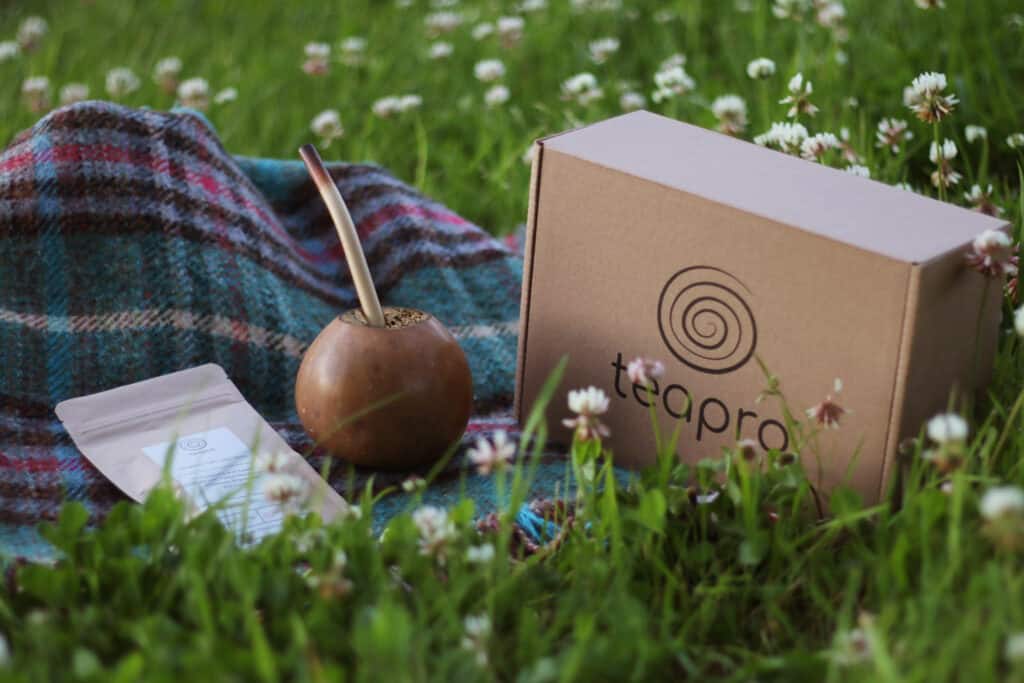
Fitness enhancing components:
Yerba Mate contains xanthines (eg. caffeine), saponins (eg. ursolic acid), flavonoids (including quercetin, kaempferol, and rutin), matenosides (Matenoside A & Matenoside B) cinnamic acids (eg chlorogenic acid and caffeic acid), and various vitamins (C, B1, B2).
Improves stamina
Yerba mate is very popular amongst footballers like Lionel Messi, Lucas Torreira, Antoine Griezmann and many others. This is not a coincidence. Yerba mate has a substantial amount of caffeine.
However, in contrast to coffee, yerba mate results in a much more steady energy boost, without the peaks, the lows or the jitters.
This is ideal for footballers, who have to maintain high energy levels for at least 90 minutes when playing a match. After all, what’s the point of having a pick-me up before the game only to be flagging before half time!
Caffeine is known to improve muscle contractions, reduce fatigue and boost sports performance by up to 5%.
In one study, regular coffee drinkers were 4.2 seconds faster than those drinking decaf in 1,500-meter run. Another study found that coffee helped reduce the perception of effort, allowing athletes to work harder.
So how much caffeine does Yerba Maté contain? Well, measured per cup it has ca. 85mg of caffeine, which is less than coffee (ca. 100mg), but more than a cup of tea (ca. 40mg).
It is worth mentioning though, that when served in a traditional way, a gourd would contain around 20g of yerba mate and the first two servings would extract about 220mg of caffeine each – so it really depends on how you prepare your mate.
Wanting to brew your own yerba mate ? Take a look at these must-have tools and brewing techniques!
Boosts metabolism
One study showed that people given one gram capsule of ground yerba mate right before exercise burned 24% more fat during moderate-intensity exercise.
Yerba mate also seems to decrease the total number of fat cells, reduce the amount of fat they hold.
A 12-week study in overweight people shows that those given 3 grams of yerba mate powder per day lost an average of 1.5 pounds (0.7 kg).
In comparison, the participants given a placebo gained an average of 6.2 pounds (2.8 kg) and increased their waist-to-hip ratio by 1% over the same 12-week period.
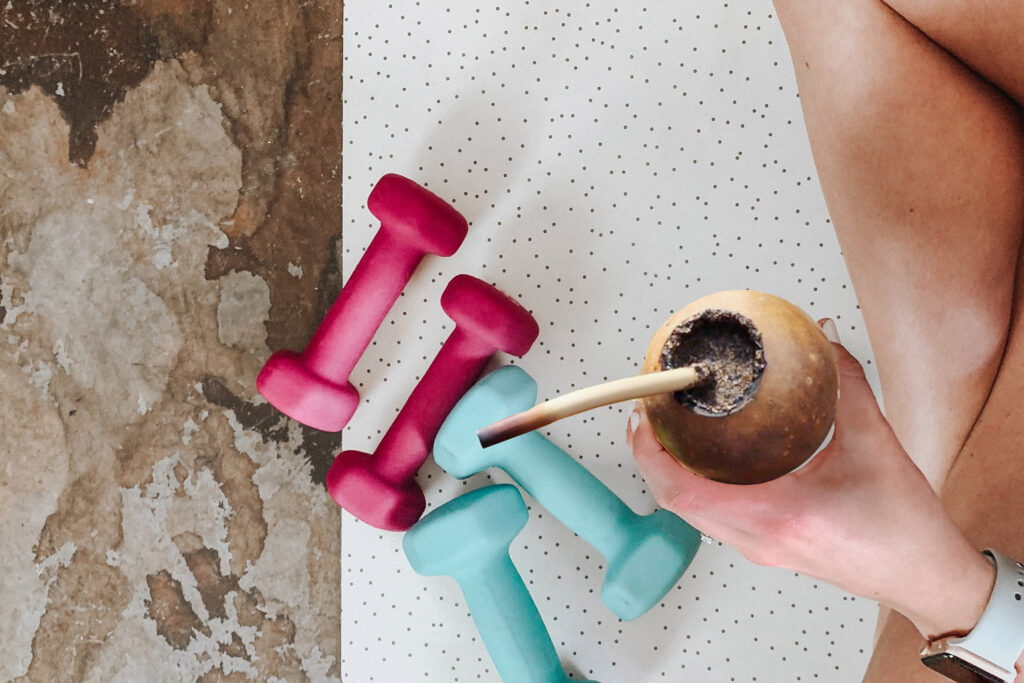
Wanting to incorporate yerba mate into your diet? Have a look at these recipes to energies your day!
Supresses appetite
This study suggests that Yerba Mate can act as an appetite suppressant.
Anecdotal evidence suggests that maté can be particularly helpful with intermittent fasting – if you drink a yerba mate in the morning, you won’t feel as hungry and might last longer without food.
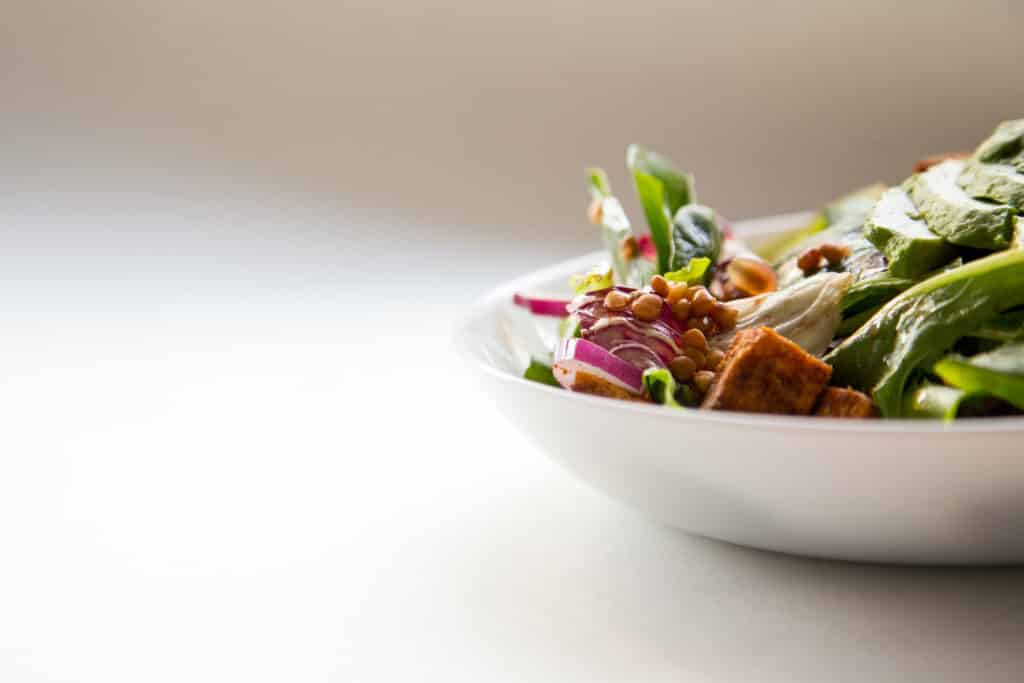
When to drink yerba mate?
In the morning on an empty stomach, in combination with intermittent fasting or in the pre-workout phase.
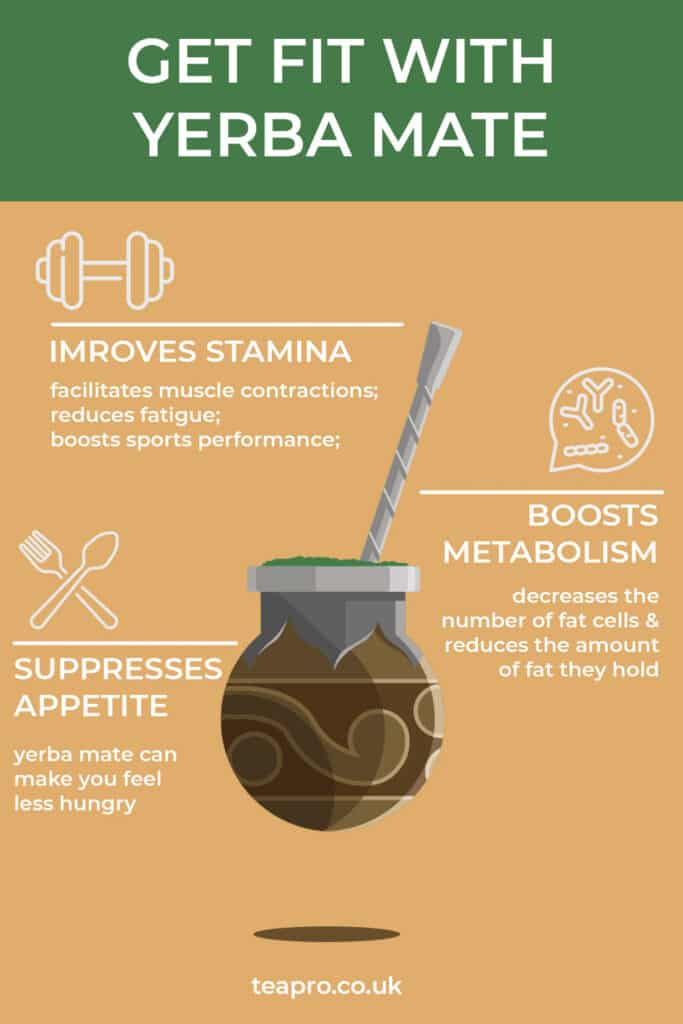
Ceremonial Matcha
Over a thousand years ago, matcha came to Japan as an aid to meditation practice. During long hours of sitting, monks would drink matcha to remain alert yet calm.
Thanks to the elaborate shading process before harvest, matcha has higher concentration of amino acids than any other green teas, resulting in tremendous health benefits, as well as complexity of its taste and aroma.
Is this something you would be interested in? Make sure to try our ceremonial matcha gift box – filled with al the essentials that you will need!
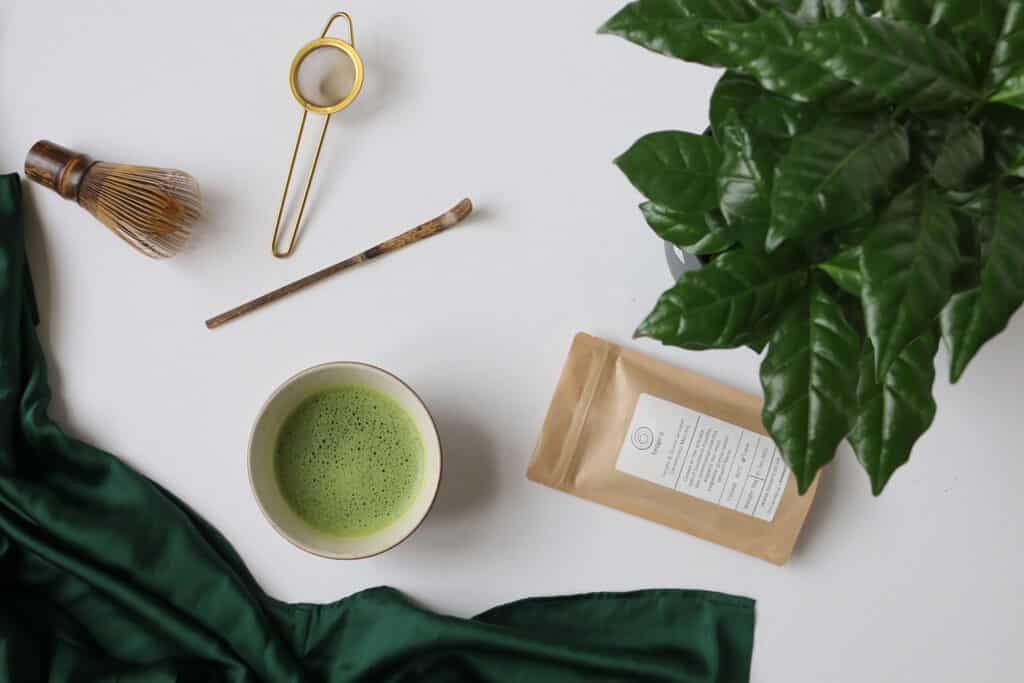
Components
Although matcha is made out of the same plant (camellia sinensis) as other teas, the shading of the leaves during the growth period enhances the processes of synthesis and accumulation of biologically active compounds, including theanine, caffeine, chlorophyll and various types of catechins.
Green tea contains four main catechins, of which epigallocatechin-3-gallate (EGCG), is the most powerful and abundant in matcha.
Reduces body fat
Matcha tea catechins have a thermogenic effect, meaning that they can accelerate the fat burning process within your body. This alone can provide critical support in your weight loss journey.
A study with 35 subjects suffering from obesity and metabolic syndrome found that 4 cups of green tea for 8 weeks significantly decreased body weight and BMI.
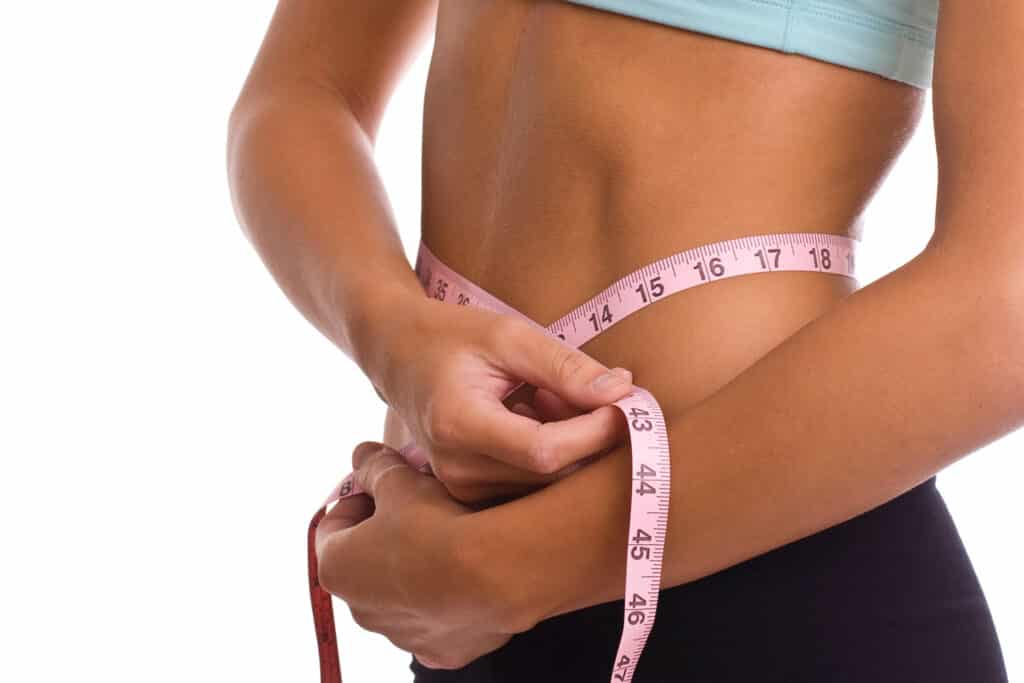

Energize your day and support your weight loss with our Matcha Whisk – essential to get smooth and frothy matcha.
Increases endurance
Matcha green tea is caffeine-rich (ca. 64 mg per serving of 2g). However, the caffeine is balanced out with an abundancy of L-theanine content. This means that it is much easier to do intense workouts at the gym that will actually lead to measurable changes in your physique and fitness levels. An increase in endurance of up to 25% is not unheard of with the consumption of matcha green tea.
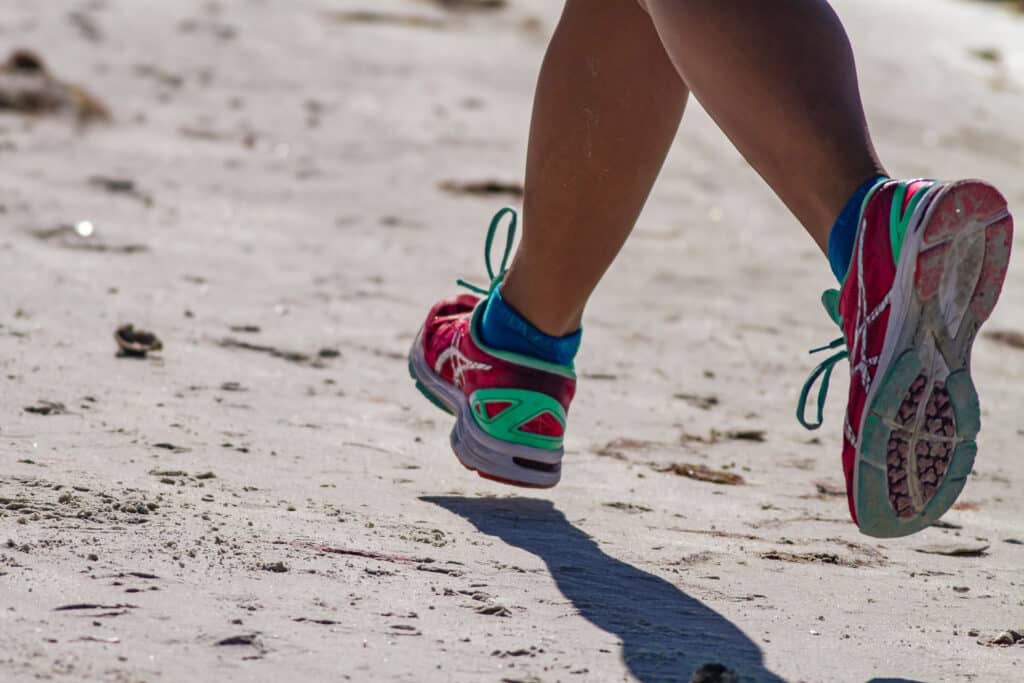
Improves focus
Thanks to matcha’s high concentration of flavonoids and L-theanine, which increases the serotonin, GABA, and dopamine levels in the brain resulting in a relaxed, but focused state of mind.
Research suggests that L-theanine is especially helpful for high levels of stress and anxiety, increasing relaxation without causing drowsiness.
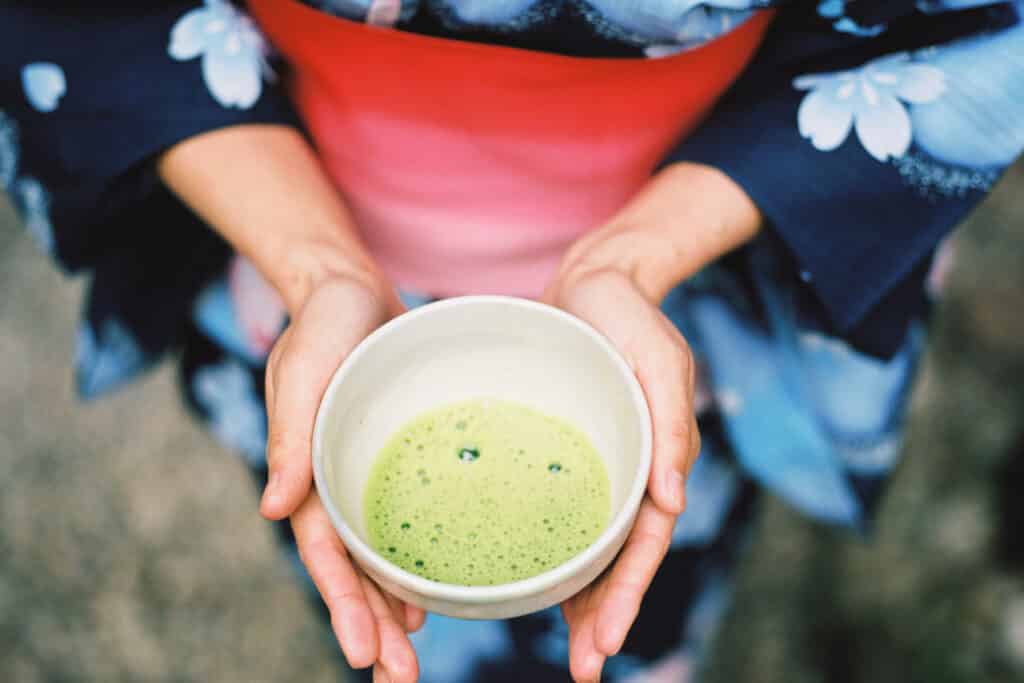
When to drink matcha?
Matcha is best drunk in the morning or before a work-out.
Most importantly, make sure not to add any honey, sugar or milk to the matcha, as it will counteract its slimming benefits.
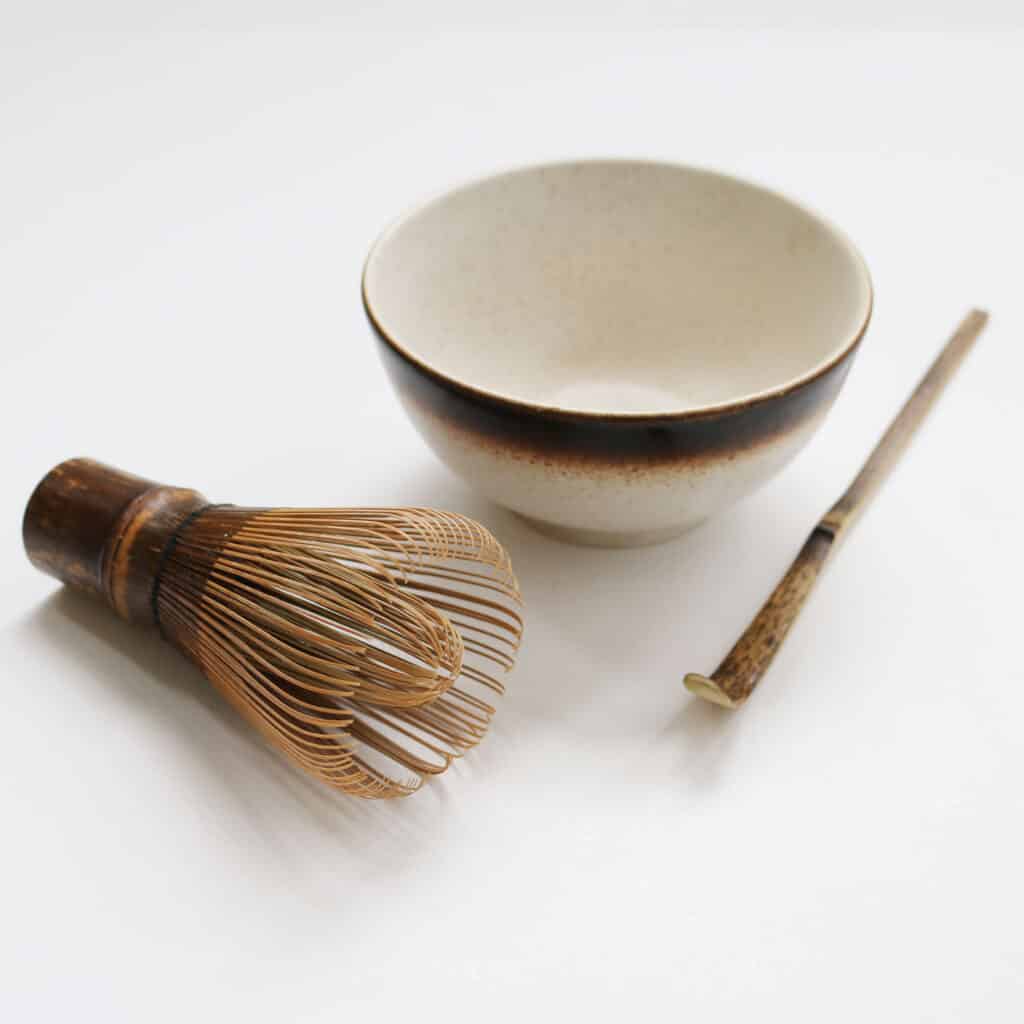
Yin & Yang Matcha Starter Kit | Matcha Ceremony Set
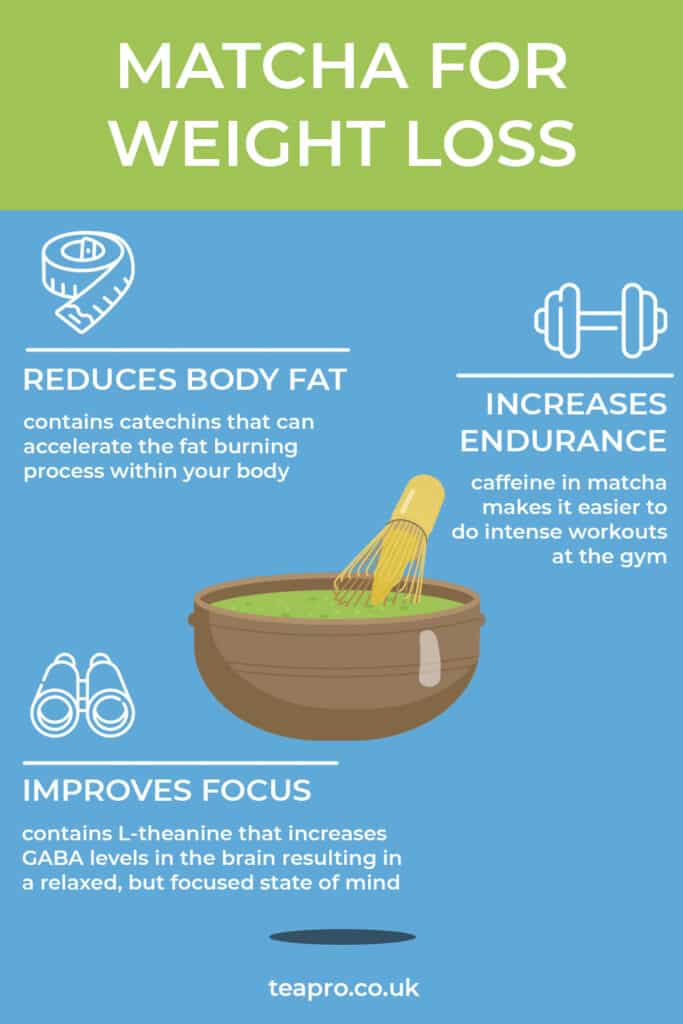
Pu erh
Pu-erh is a unique type of fermented tea that’s traditionally made in the Yunnan Province of China. The tea leaves undergo a special fermentation process, which allows beneficial bacteria and fungal bacteria to develop, resulting in the tea’s health benefits. After the tea leaves are aged and fermented, they are packed into bricks or sold as loose leaf teas.
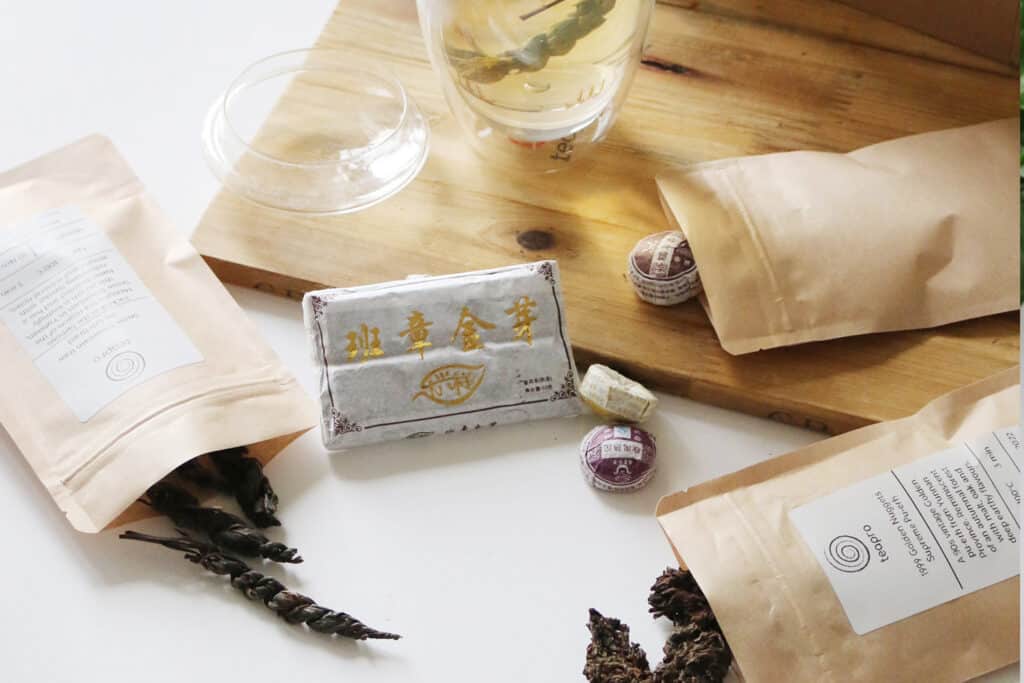
Components
Since pu erh is made from camellia sinensis plant like green or black tea, their components are mostly the same: catechins, quercetin, rutin, kaempferol, strictinin, theogallin and gallic acid.
However, due to the special fermentation process pu erh also has an increased level of lovastatin, which is responsible for a variety of health benefits.
Promotes digestion
The main benefit of Pu-erh tea is that it can improve digestion and can help relieve symptoms of constipation thanks to the existence of lovastatin.
The antioxidants and polyphenols in pu-erh teas also aid in digestion and fat breakdown.
Moreover, the fermentation of pu-erh tea is responsible for the healthy probiotics — or beneficial gut bacteria. These probiotics may help improve your blood sugar control, which plays a key role in weight management and hunger.
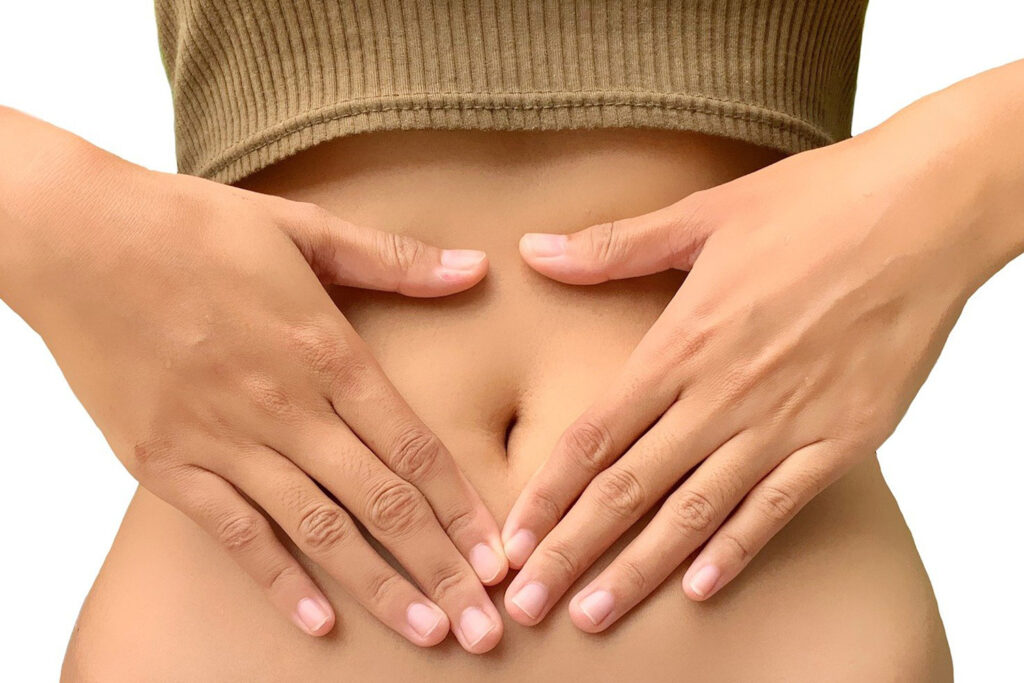
For more teas that target digestion , try ginger tea! Ginger is a powerful compound that aids in digestion and reduces inflammation.
For the best incorporation cook chai with fresh ginger, cardamon , cinnamon and maybe a little honey or simply jus, ginger and milk ( and of course with water and black tea – for both). Which method do you prefer ?
Supports weight loss
Studies have shown that pu-erh tea may help synthesize fewer new fats while burning more stored body fat — which can lead to weight loss.
A Japanese study with 36 overweight patients found that consuming 333 mg of pu-erh tea extract 3 times daily for 12 weeks resulted in significantly improved body weight, body mass index (BMI), and abdominal fat measurements, compared with a control group
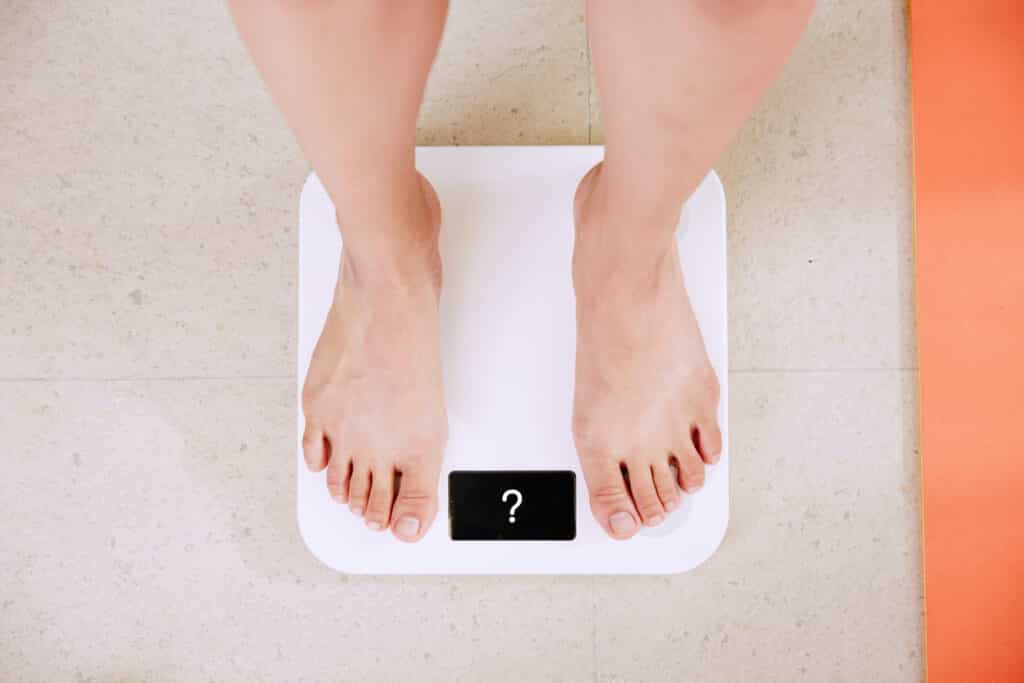
When to drink pu erh tea?
It’s best to drink pu erh after a meal, as it helps your body to eliminate hard-to-digest fats.
Try pu erh yourself by clicking the links below!
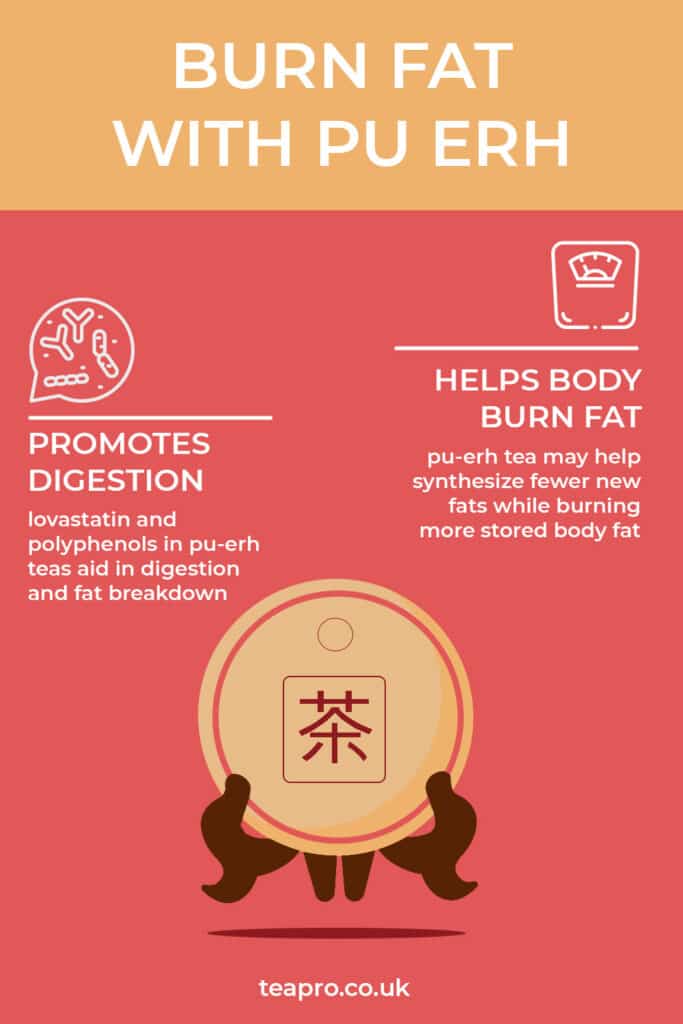

Teapro co-founder. Favourite tea - Long Jing Dragon Well Green Tea. Obsessed with film, photography and travelling.
- Tatjanahttps://teapro.co.uk/author/user1/October 26, 2025
- Tatjanahttps://teapro.co.uk/author/user1/October 22, 2025
- Tatjanahttps://teapro.co.uk/author/user1/October 14, 2025

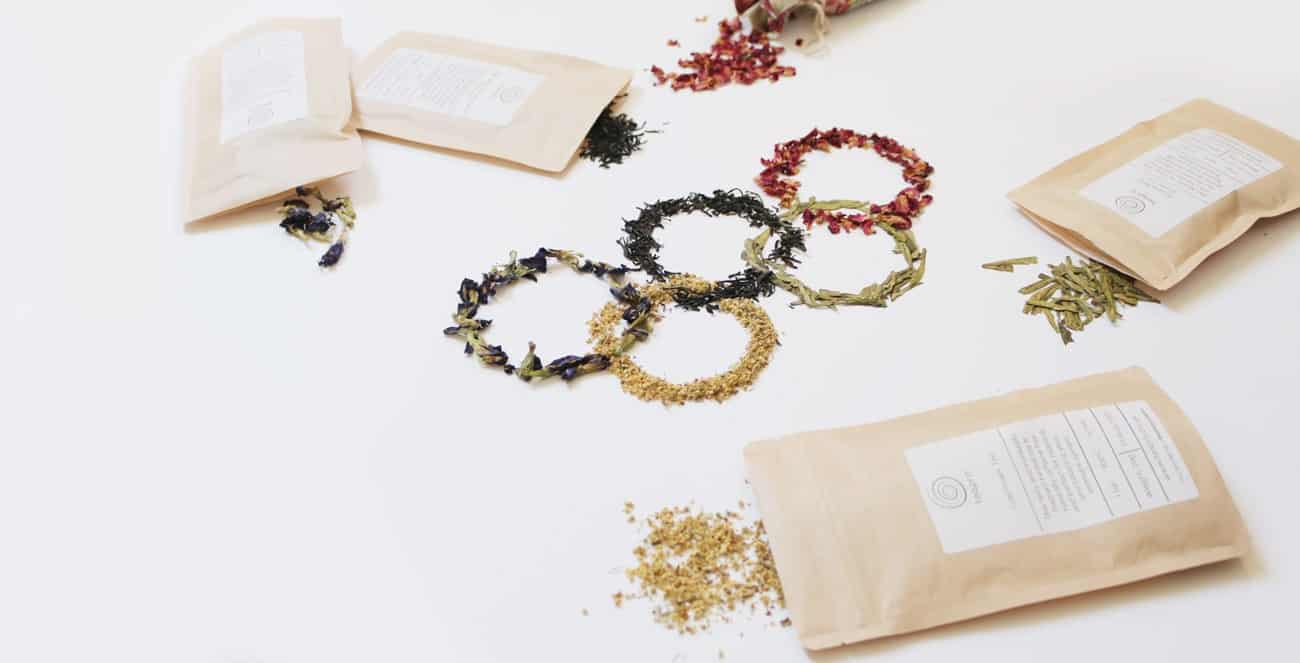


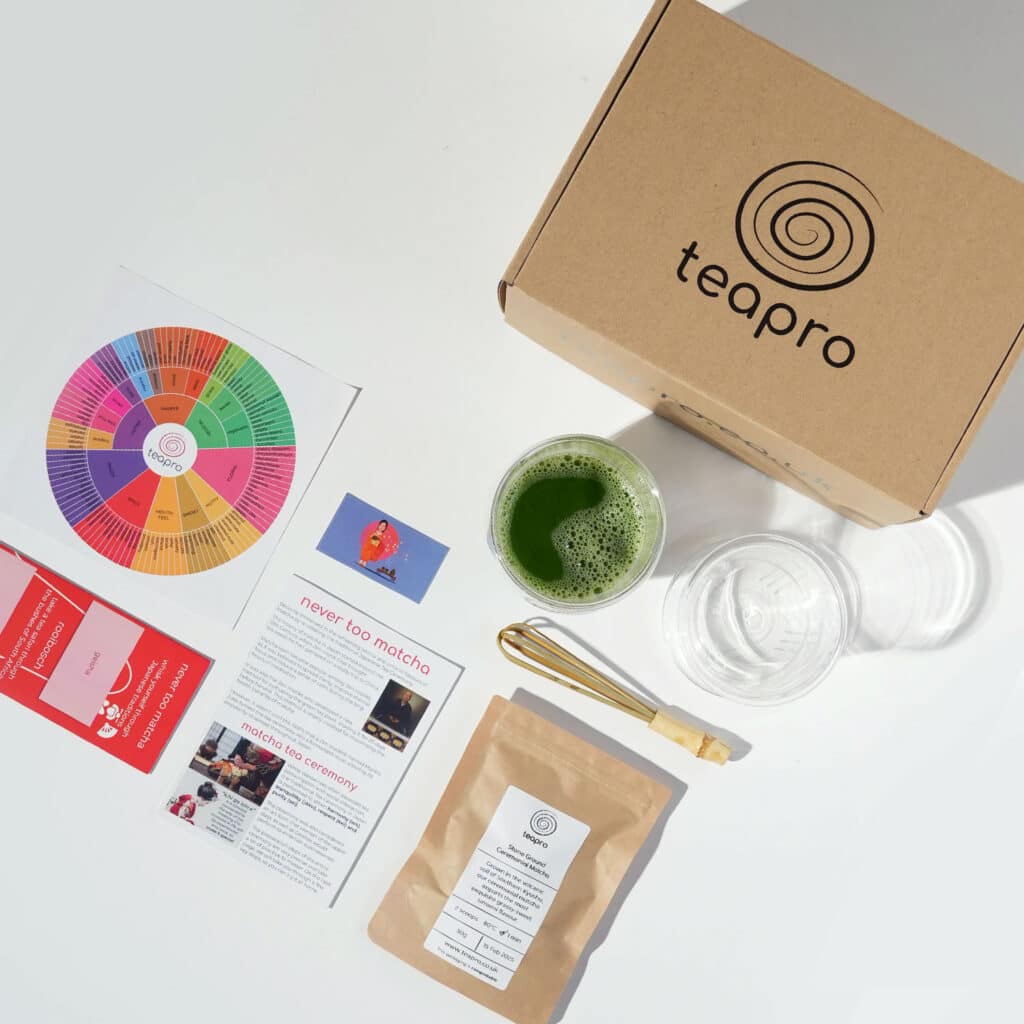

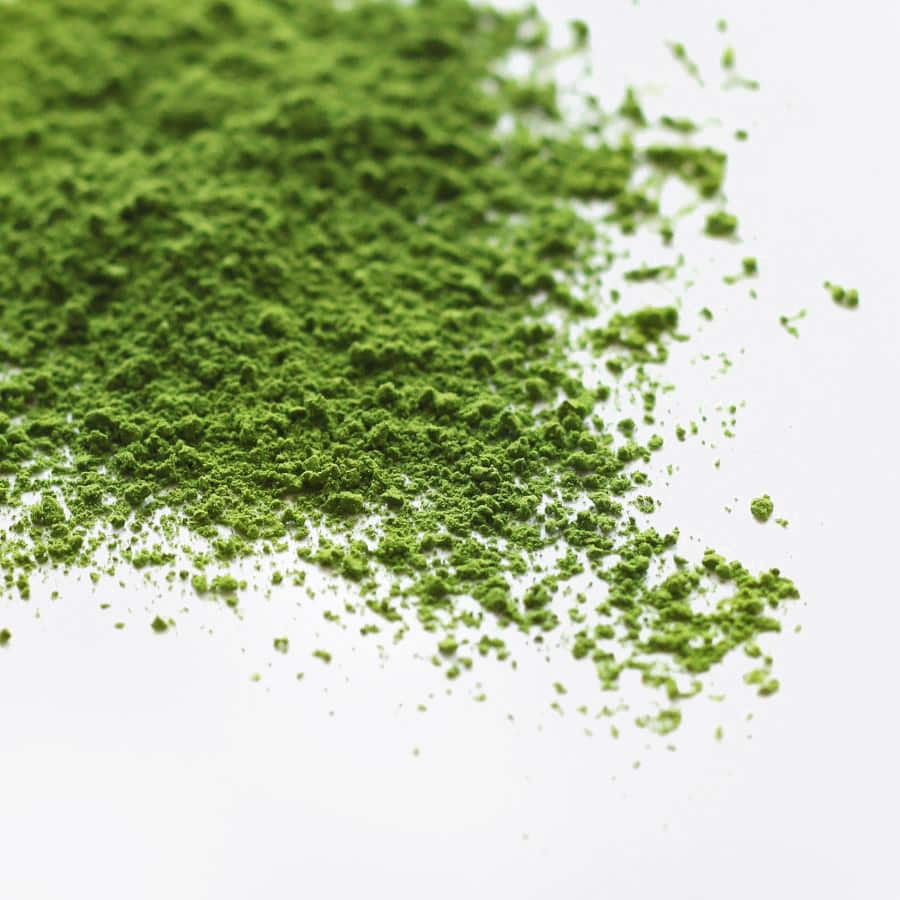
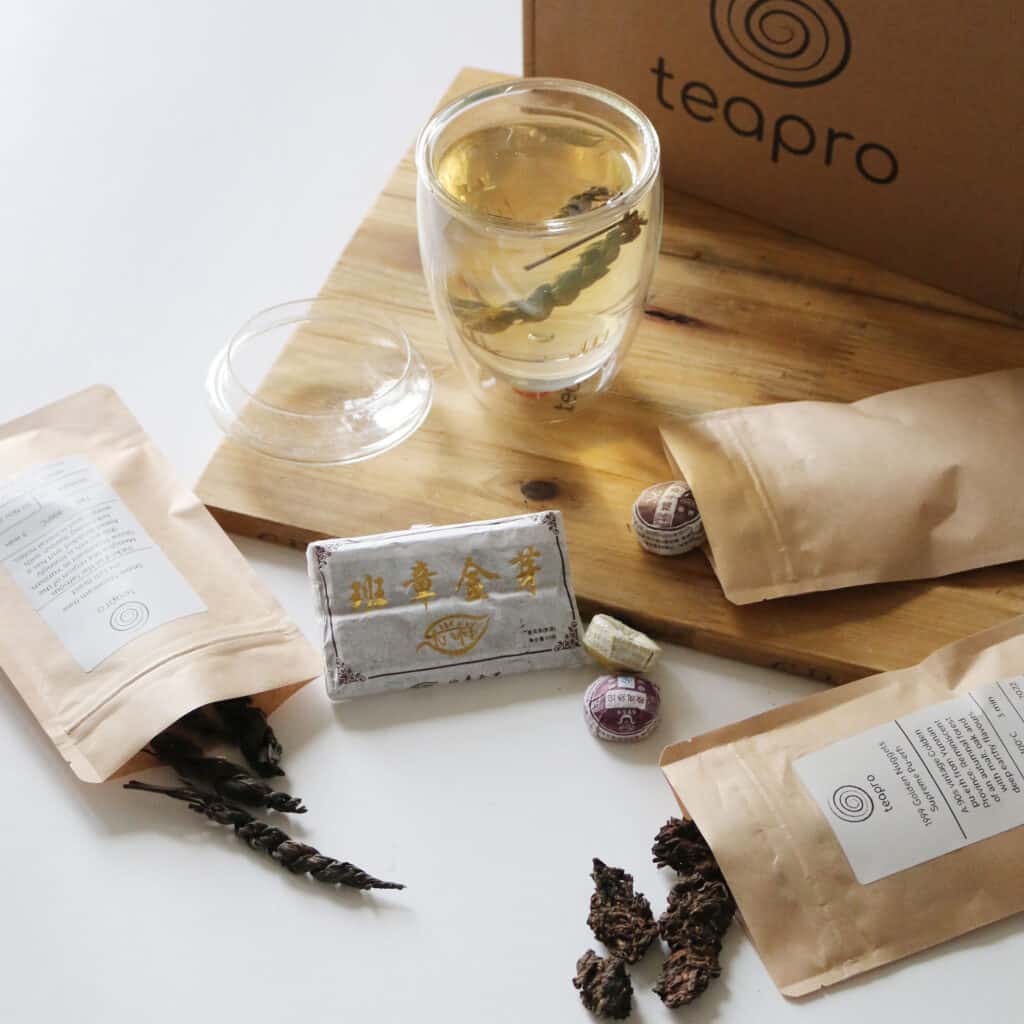
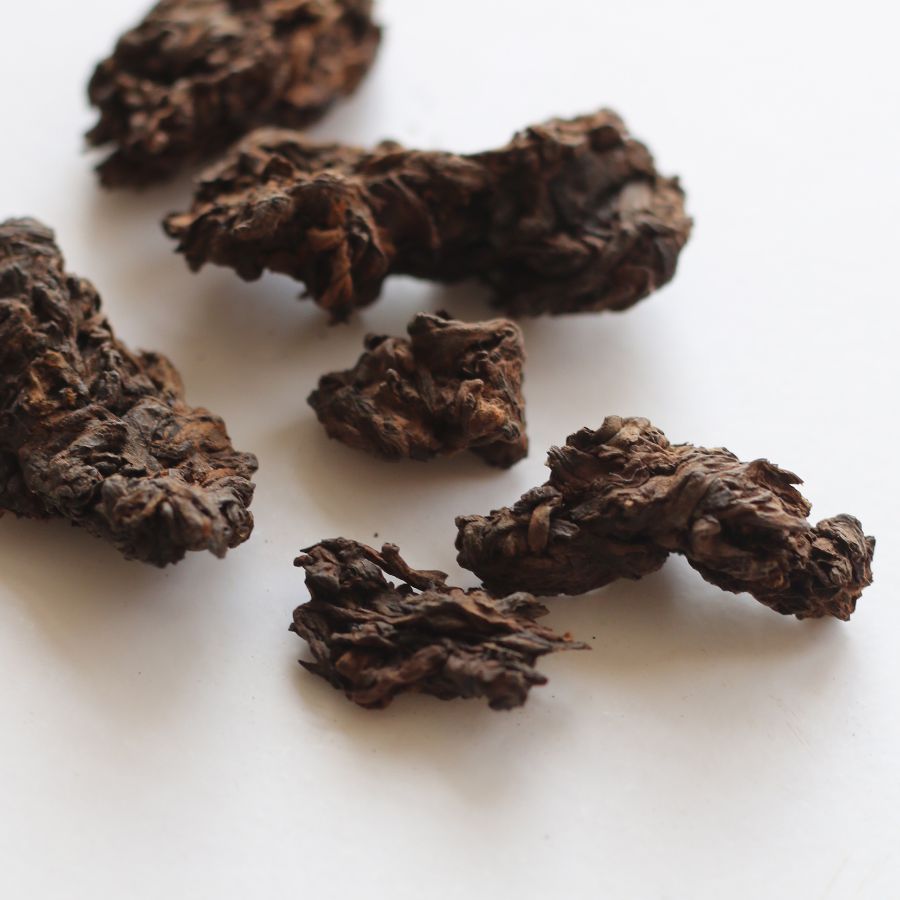
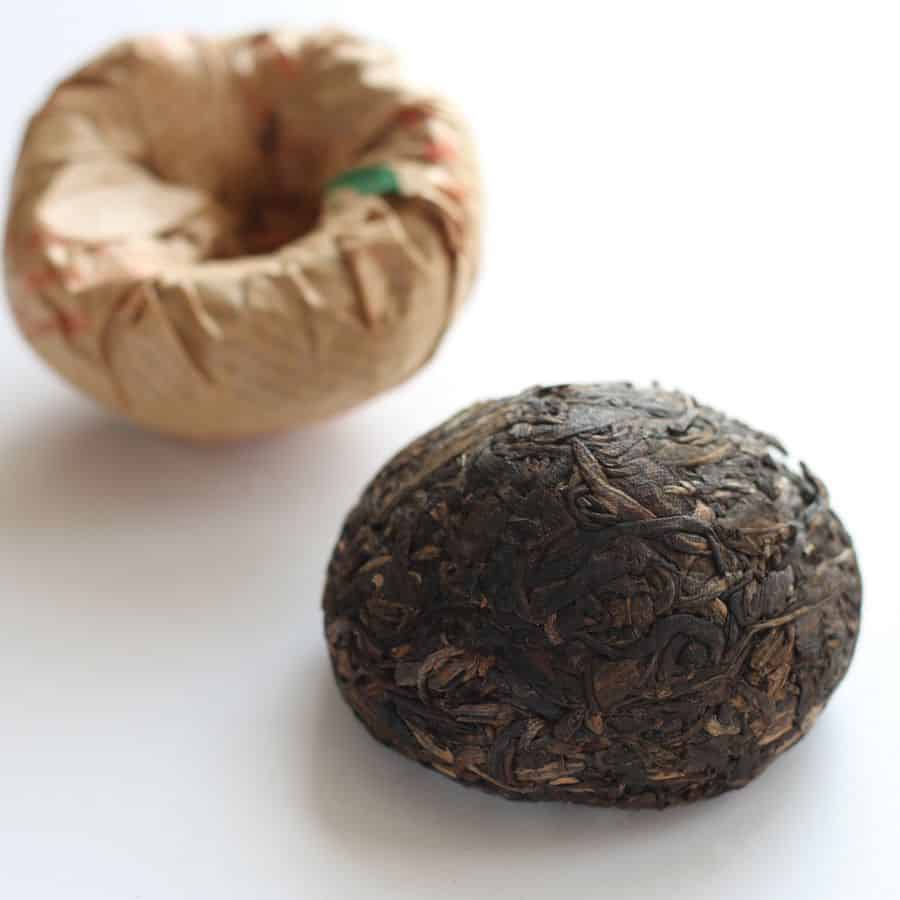
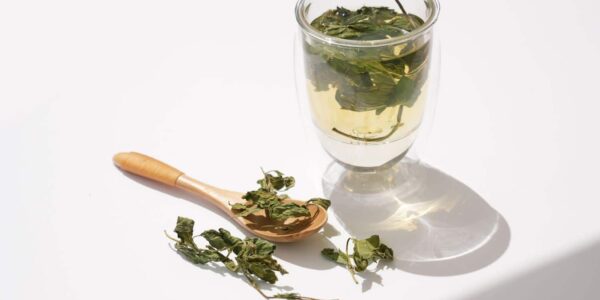
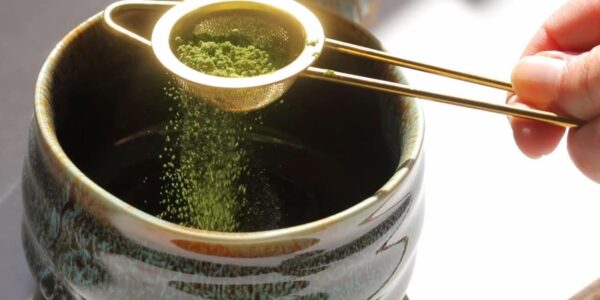
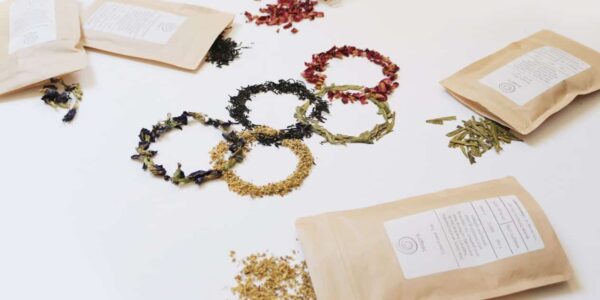





No Comments